The Best Techniques for Pruning Shrubs and Trees
Found yourself with a garden full of overgrown trees and shrubs? It’s time to give them a haircut through pruning. Pruning helps trees and plants stay healthy, improve growth, and even produce more fruits and flowers.
If done right, pruning can also help your plants stay healthy while looking cleaner. The process removes dead parts of the plant, branches that intersect with one another, and it can prevent problems that may happen down the road. The trick here is to understand the proper way to do it, and I’m here to help you with that.
This post may contain affiliate links, which helps keep this content free. Please read our disclosure for more info.
Why Pruning Is Important
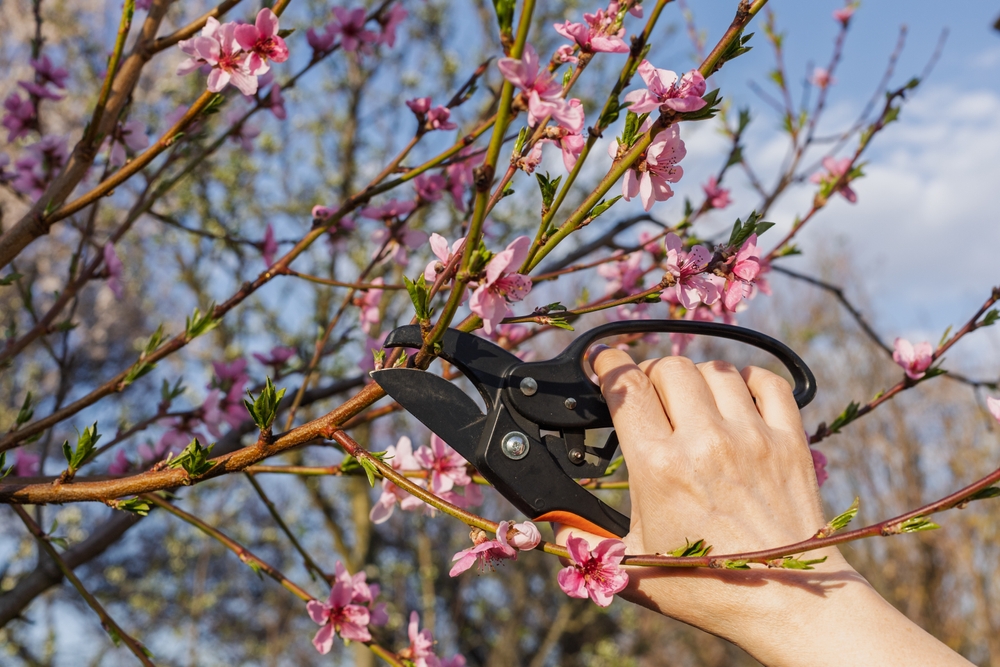
Pruning isn’t just about shaping and styling trees and shrubs. There are a lot of other benefits that proper pruning can bring to your plants.
- It helps air and sunlight reach more parts of the plant
- It removes dead, damaged, or diseased branches
- It keeps plants from getting too big
- It stops trees from reaching roofs, driveways, or power lines
- It promotes the production of fruits and flowers
Just remember, make sure that you have the tools you need and you understand the technique and timing of pruning your plants. Pruning at the wrong time or with the wrong technique can bring harm to your trees and shrubs.
Tools You Need for Pruning
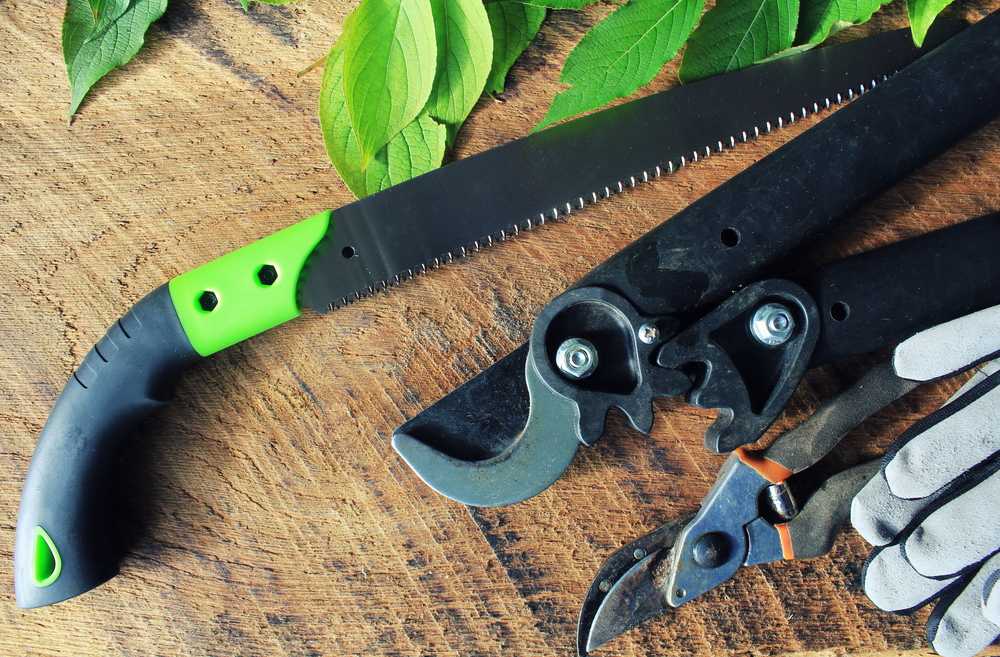
Having the right tools makes the job faster and easier. You don’t need modern tools, just these basic ones will do the trick.
- Hand pruners
- Loppers for thicker branches
- Pruning saws for larger limbs
- Hedge shears
- Pole pruners for high branches
Make sure to maintain and clean your tools. You don’t want to use dull blades when working on your plants!
Best Time of Year to Prune
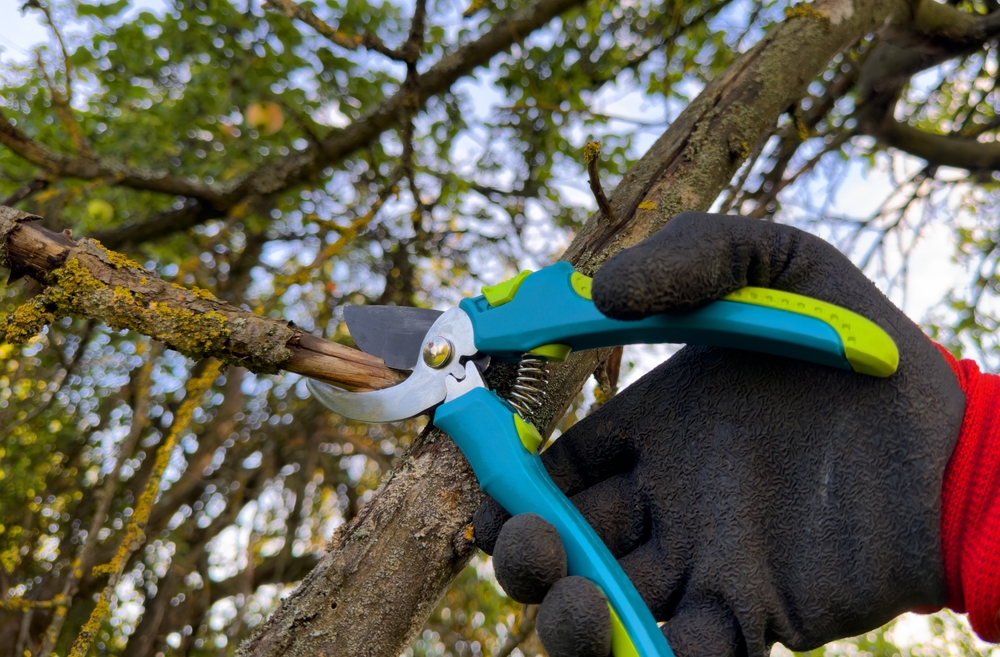
It’s best to prune most trees and shrubs in late winter or early spring, before new growth kicks in. The plant is still resting, so pruning doesn’t affect it as much, and the cuts will heal more quickly once the growing season starts.
However, that all depends on what you want to do with your plants. Pruning in the summer can slow down the growth of plants, and it’s perfect if you want to shape your shrubs. In any case, avoid pruning during the fall since plants are more exposed to disease.
Techniques for Pruning Trees
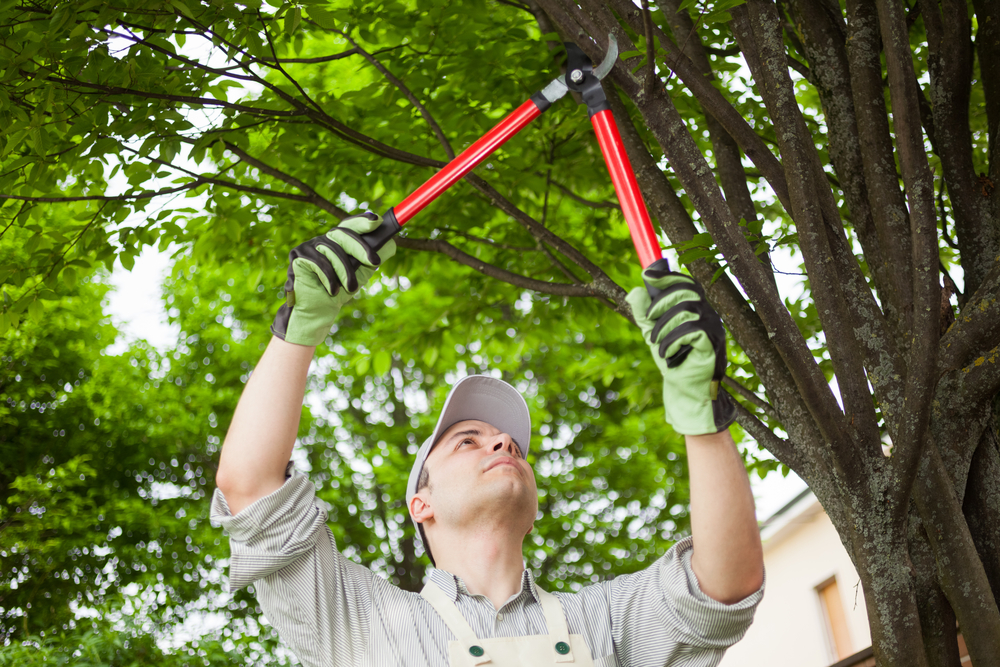
Tree pruning is about creating a strong, balanced structure that keeps the tree healthy and safe. Keep these general tips in mind when working on your trees.
- Find the main trunk and support it with strong side branches
- Remove branches that rub, intersect, or head straight up or down
- Remove diseased and dead branches
- When removing large branches, avoid tearing the bark
- Thick branches should be removed close to the collar at the base of the branch
- Avoid leaving stubs
It’s also a good idea to prune young trees properly so that they’ll develop a strong base and grow healthy.
Techniques for Pruning Shrubs
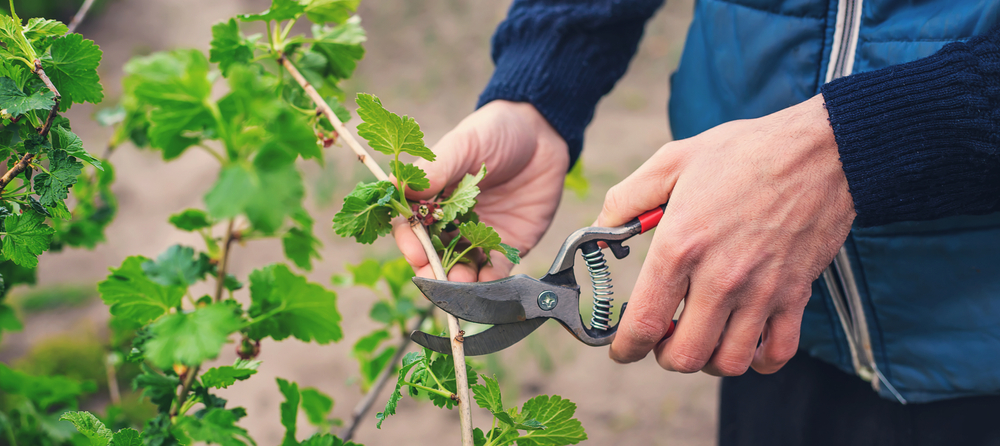
Shrubs are a bit more flexible than trees. Some can handle big cuts, while others just need a light trim now and then. There are also different approaches depending on what you want to do with the plant.
- Renewal pruning takes out the oldest stems right at the base for fresh growth
- Thinning is removing some branches to let in more light and air
- Shearing is trimming the outer layer for shape, but make sure not to overdo it
- Deadheading is snipping off fading flowers to encourage new ones
As for overgrown shrubs, cut them back hard to restart healthy growth. It’s best that you check what kind of shrub you have, since some types of shrubs don’t respond the same way to pruning.
Common Mistakes to Avoid

One of the biggest mistakes is topping trees, which means cutting off the top of the main branches. It weakens the tree and can lead to ugly, unstable growth. Pruning at the wrong time of year can also stress your plant or even reduce its flowering.
Removing too many branches at once can damage your plant in the long run. Try to keep the plant’s natural shape in mind, instead of forcing it into something it’s not meant to be.
Special Considerations for Different Plant Types
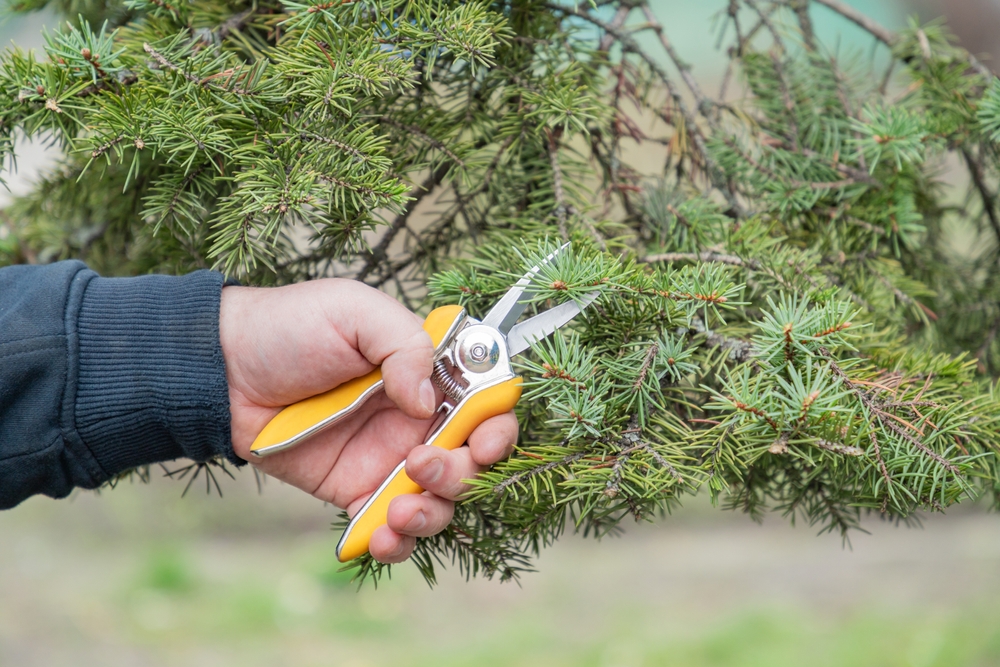
Pruning affects plants differently. Understanding what type of plant you have allows you to approach it with care and with the right technique for the pruning it needs.
- Flowering shrubs like lilacs and hydrangeas should be pruned based on when they bloom.
- Spring bloomers usually set buds the year before, so trimming them too early in the season can mean no flowers.
- Fruit trees need light, regular pruning to help produce better fruit and avoid problems.
- Hedges need regular attention to stay even, and fast growers often need more frequent pruning than slower ones.
Safety Tips
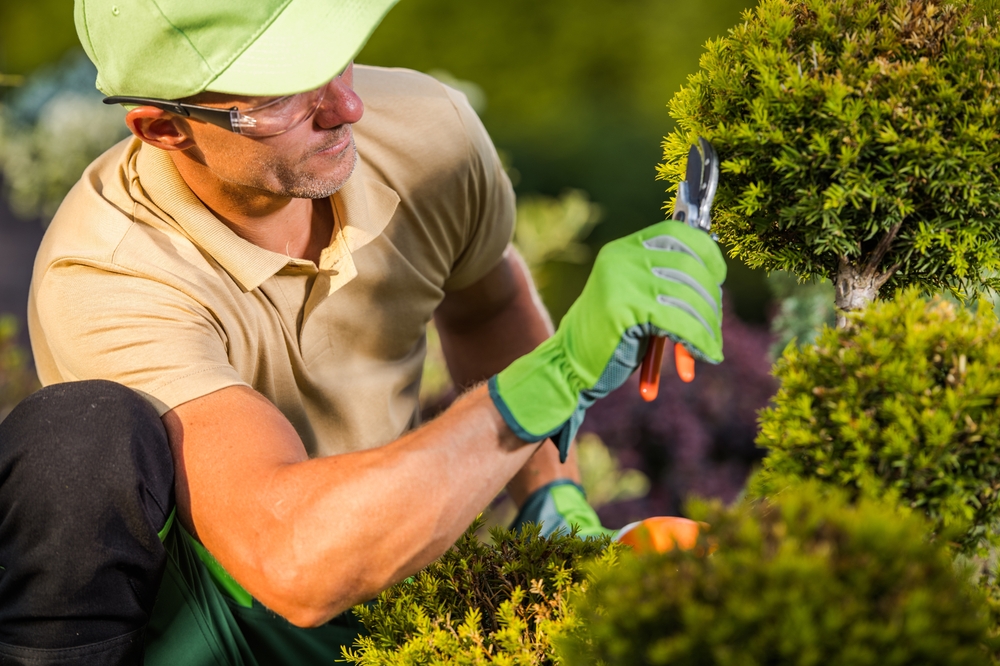
It’s easy to forget safety, especially if you’re focused on work, but it matters. Gloves and eye protection are the most important, especially when branches snap back when removing them.
Try to stay away from power lines and make sure that the ladders are stable when working on tall trees. Complicated jobs are best left to professionals, especially if the tree is large or the branches are hard to reach.
Good pruning helps your plants stay healthy, look nice, and grow the way they should. A little time with a pair of pruners can make a big difference in your yard.
Like most things, it gets easier the more you do it! Keep learning, stay patient, and your trees and shrubs will thank you.
This article originally appeared on Avocadu.
